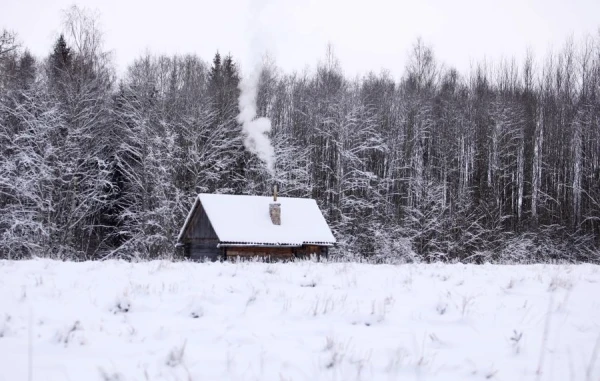
What could be more dangerous than ice on the road?
Autumn car trips can bring many surprises. For example, a smooth road unexpectedly transitions into a gentle turn that can be taken at a speed of 110 km/h. The driver does not reduce speed, relying on excellent tire grip, and suddenly finds themselves on a thick layer of mud that stretches from an adjacent field exit and crosses the road. This is the work of a tractor.
Tractor tracks are one of the most dangerous traps for drivers, capable of leading to an emergency situation.
The thing is, wet loam quickly covers the irregularities of the asphalt with a waterproof film, making it difficult for water to drain. In rainy weather, the coefficient of friction of such surfaces is 0.25-0.30, while on compacted snow it is 0.2-0.25. Thus, a car moving at a constant speed on summer tires risks losing control in a turn.
In front-wheel-drive cars, the front end usually begins to slide. The car stops responding to steering and drifts out of the turn. In rear-wheel-drive models, on the contrary, the slide starts from the rear. The driving rear wheels spin on the slippery section, lose grip with the asphalt, and the body of the car drifts towards the shoulder.
Braking on Different Surfaces
If you start braking on such smeared clay, you can find yourself in an even more unpleasant situation. The mud is not evenly distributed over the asphalt but follows the tractor's track. When the right wheels hit this slippery clay track while the left ones remain on relatively clean asphalt, sudden braking can lead to an accident. The car will brake only on one side, while the right tires will slide. As a result, a turning moment will occur on the body, and the car will spin. At this moment, the driver will need high skill to manage the skid and keep the car in the lane.
The situation is similar with leaves, which often accumulate at the edges of the road. Cars move with their left wheels on the asphalt and their right ones on the wet yellow leaves. After rain, the leaves become soggy and turn into a jelly-like mass, which is even more dangerous than loam. The coefficient of friction of the wheels in this case is 0.1-0.15, like on bare ice. Naturally, during sudden braking, summer tires cannot penetrate the rotting biomass and begin to slide. The car goes into a skid. How can one avoid potential problems?
Braking Rules
If you encounter dirty tractor tracks or a section of road covered with leaves in a turn, you need to slow down in advance. Usually, visibility on high-speed sections is at least 100 meters. Even 30-50 meters is enough to sharply reduce speed from 110 km/h to 50-60 km/h, at which the car remains controllable on slippery surfaces.
Then, you should choose a trajectory that allows you to pass through the contaminated areas with straight wheels, without turning the steering wheel. That is, you can hug one of the edges of the road and slightly cut the apex in a straight line.
Braking on slippery surfaces is not recommended. Even with ABS, sudden braking on a dirty road can cause the car to pull to one side due to the difference in grip properties of the wheels. After passing through the mud, you can brake “to the floor” again.
If the car does start to skid, do not panic and jerk the steering wheel. It is better to stay calm and direct the wheels towards the exit of the turn. As soon as the car slides a few meters, it will inevitably reach a road with dry asphalt or a gravel shoulder, where control will return. The driver will have a few more meters of road to brake and correct the car.















Leave a comment